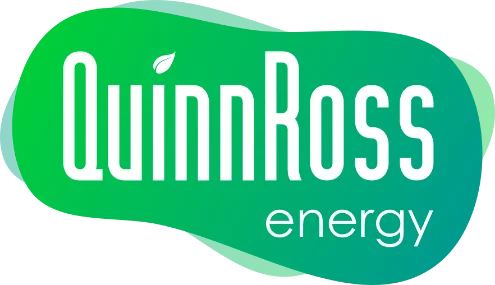According to The Independent, a study carried out in 2019 suggested that the UK’s green roof market is expanding at a rate of 17 per cent each year.
This isn’t hard to believe when you consider the numerous benefits that come with having a green roof. But before we get into the benefits, lets run through what a green roof is and why people incorporate them in their buildings.
What is a green roof?
A green roof is a layer of vegetation planted over a waterproof system that is installed on top of a flat, or slightly-sloped roof. They can also be known as vegetative, living roof or eco-roofs. It is made of structural support, a waterproofing layer to prevent leaks, insulation, drainage system, a root barrier, growing medium and of course, vegetation.
There are two types of green roofs, intensive and extensive. Intensive are commonly found on commercial buildings and will have a greater depth of planting medium (6 inches) than an extensive roof. This is to accommodate larger plants and dramatic plant grouping. Another term for these green roofs is “rooftop garden”. However, these types of green roofs require more maintenance due to the plant varieties they support.
Extensive roofs are regularly used for residential buildings, the planting medium ranges from 1.6 to 6 inches. The design is supposed to give high performance to water use and thermal advantages, while keeping the overall weight of the roof low. Extensive roofs are the simplest to install and are very often added to existing roofs.
Yes, a green roof can cost a bit upfront than a more traditional roof. But the benefits are huge and even potential for long-term savings.
Green Roof Benefits

Rainwater
Impermeable ground surfaces (such as tarmac and paving) prevent water from being able to soak into the ground and instead the run-off either pools or enters the drainage systems which contributes to rising sewage levels and flooding, damp and building damage.
Thankfully, green roofs retain rainfall, and by holding onto and essentially storing water at roof level green roofs are helping to prevent the above problems. Green roofs are an especially effective method in cities and urban environments.
The amount of water a green roof can retain depends on the type and the depth of the substrate layer.

Energy Consumption
The vegetation layer of the green roof traps air and helps to insulate a building, when the soil is dry to slightly moist it can provide an additional 25% of insulation.

Improvement of Air Quality
With plant photosynthesis, a green roof can help purify the air and produce oxygen.

Ambient Temperature Reduction
Plants absorb about 50% of sunlight and reflect 30%, meaning a green roof can help to reduce the ambient temperature. For the indoor climate, this means that air conditioning buildings do not have to work as hard, which in turns saves energy.

Sound Absorption
Green roofs are a good sound insulator, absorbing and reducing the impact of noise to surrounding areas and inside of the building.

Extend Life Span of Roof
If installed correctly, a green roof can extend the life of a conventional roof. But protecting it from external influences such UV light or normal wear and tear.

Benefits Nature
A green roof promotes the habitat of numerous species or even food supply for birds and insects.
Things to consider
Like with most things, there’s always something to consider before committing…
Intensive green roofs are quite heavy and require more structure support than a conventional roof, which in turn can be more expensive.
In addition, in most cases, you don’t need planning permission on existing buildings. But it’s always advisable to contact your local planning authorities.
So, now you know what a green roof is and its many benefits, would you consider having one?

